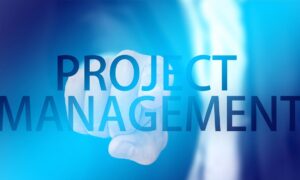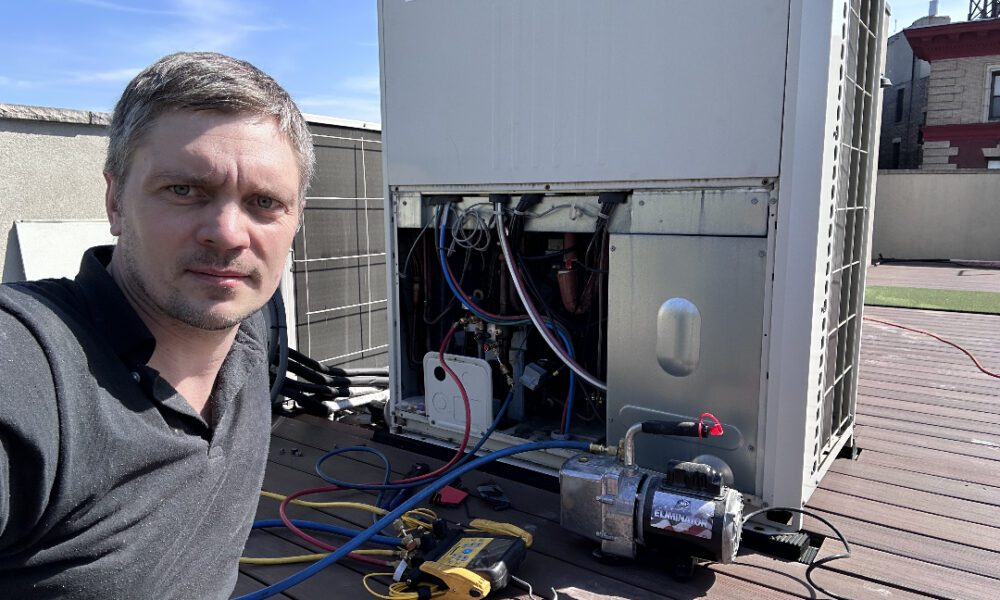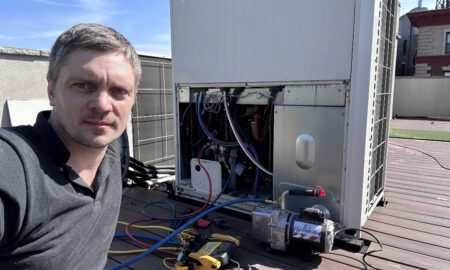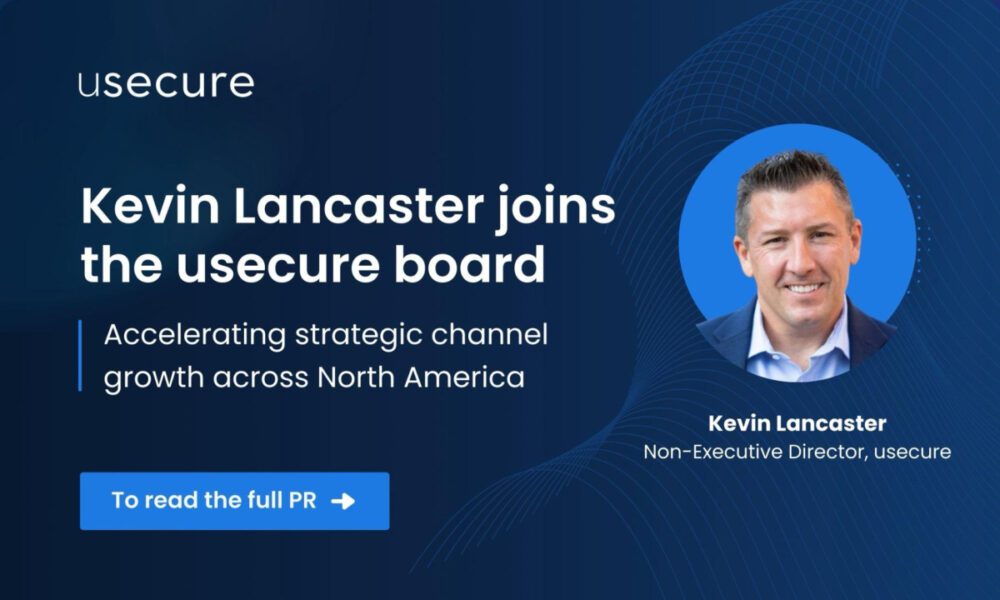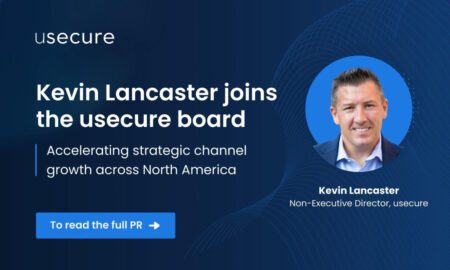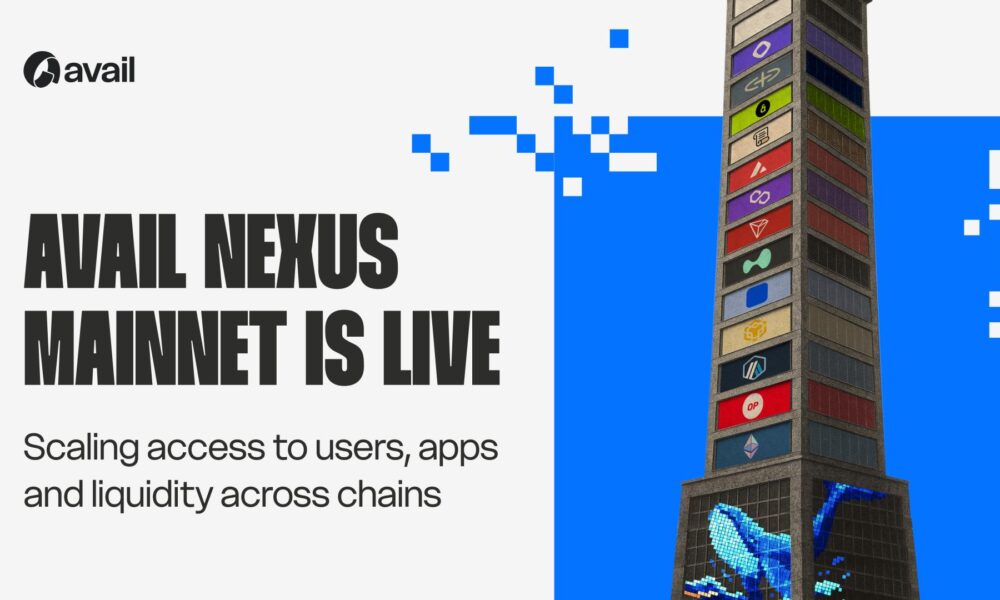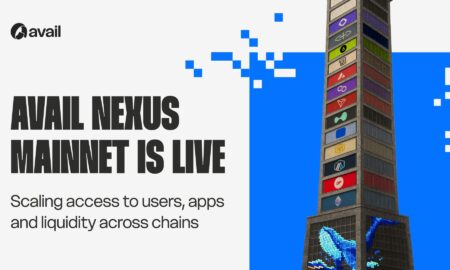Artificial intelligence is shifting from the testing phase to real-world use, but weak infrastructure, poor data quality, and rising compliance issues still prevent it from doing so. Jakub Dunak, the principal architect at Ness Digital Engineering, shares why building for trust, not just speed, will shape the future of AI.
In the second quarter of 2025, the world spent $95.3 billion on cloud infrastructure, Canalys says. A big chunk of this figure comes from businesses hurrying to scale up AI. For example, hospitals use machine learning to improve diagnostics, banks rely on AI to detect fraud, and e-commerce stores want to enhance online shopping experiences. The demand to innovate keeps rising, but the surge has exposed an enormous flaw: building AI models is not difficult, but ensuring that they are reliable, safe, and compliant is far more challenging. We see these challenges every day. Banking apps might crash halfway through a payment. Shopping websites could go down when too many people try to use them. Weak protections could leave private health data vulnerable. While AI likely represents the future, weak foundations could turn its potential advantages into major setbacks.
Jakub Dunak, the principal architect at Ness Digital Engineering, has experienced these issues firsthand. With more than 10 years of experience, he has become so highly sought-after that global industry leaders entrust him with their most critical digital initiatives. He protected Europe’s financial systems at Diebold Nixdorf, a multinational corporation with thousands of employees and clients in over 100 countries, guided Fortune 500-level enterprises at CANCOM Slovakia in defining their multi-cloud strategies, and built AI infrastructures at scale for global organizations at Ness Digital Engineering, a worldwide technology innovator with a vast international presence. His vast experience and high-level certifications like AWS Solutions Architect Professional and Microsoft Cybersecurity Architect Expert, therefore, do not reflect his strong technical skills alone, but also his ability to operate at the level of the world’s most complex and demanding enterprises.
Jakub, at Diebold Nixdorf, you worked on financial systems where downtime did not just bother you, but was something that could stop millions of transactions. So, what specific things did you do there to make sure their systems were strong enough to deal with this problem, and how do they still influence what you do today?
At Diebold Nixdorf, making systems reliable was a top priority. We managed databases used by major banks and retailers to handle transactions. Even a brief downtime could shut down ATMs, stop sales systems from working, or interrupt global money transfers. Such weaknesses cause more than just financial damage. They break customer trust. To solve that problem, I put disaster recovery protocols in place. This ensured that recovery times went from hours to just a few minutes. I also introduced automated backup methods to reduce mistakes made by humans. I equally made adjustments to improve performance so systems could handle heavy loads without breaking down. As we did that, I learned that resilience isn’t just optional, but forms the backbone of trust. Without it, even advanced AI matters nothing. So, whenever I work on AI pipelines now, I hold on to that lesson: if a system can’t handle failure, you can’t rely on it.
Then, at CANCOM Slovakia, the problem was no longer reliability but complexity. Businesses desired the flexibility of multi-cloud, yet what you saw was chaos. What did you do to manage multi-cloud there?
Multi-cloud looks appealing with AWS, Azure, and Google Cloud being used together, so no one is stuck with a single provider. But I watched companies get overwhelmed by how complicated it was. Each cloud platform had its own way of handling security, compliance, and billing. They didn’t work well together. Instead, these companies had silos, duplication of risks, and increased costs. At CANCOM, I worked on making multi-cloud setups work better. I created security controls that worked across different platforms. I also matched compliance rules with each other to ensure audits wouldn’t turn into headaches. In addition, I designed systems that spread workloads based on cost and performance. For instance, sensitive financial data could stay in a GDPR-compliant region in Europe, while non-critical workloads might run in the U.S., where GPUs are more affordable. This brought everything together. The outcome was consistency: systems were now easier to manage, the risk of downtime was minimized, and clients were able to enjoy the flexibility that they had been promised. Without this framework, multi-cloud wouldn’t help; it would just cause problems.
Now, at Ness Digital Engineering, you lead projects to help businesses scale AI. However, compliance and speed are usually in conflict with each other. How do you design systems that achieve both?
A lot of companies think that compliance is something they can add later, but that is a very risky approach. AI platforms work with sensitive financial transactions, medical data, and personal information, and regulators are always watching. So, at Ness, we take a different approach. Instead of adding compliance later, we build it into everything we do from the start. Encryption, access rules, and data residency are not extras at our company. They are part of our core design. We combine this foundation with automation, using Infrastructure as Code and CI/CD pipelines, so that scaling and deployments happen without human errors. This method provides clear outcomes you can measure. Tasks that used to require months to roll out now finish in just weeks. Automation removes unnecessary steps, which cuts infrastructure costs a lot. Best of all, clients know they can handle audits without worrying about anything because compliance is no longer an issue, but is now part of how the system works.
You’ve stressed how critical data quality is. What specific strategies or tools have you used to ensure AI systems rely on trustworthy and unbiased data?
Poor data quality can ruin AI projects. Even with the strongest model, poor data will lead to poor results. At Ness and other places I’ve worked, I’ve applied data lineage frameworks to trace the origin of data and how it changes. I’ve also used machine learning tools to detect incomplete or corrupted data and employed bias mitigation techniques like fairness-focused algorithms or rebalancing approaches. One project focused on a bank where credit scoring data had a chance of reinforcing bias. To fix this, my team expanded the dataset and added fairness checks. This effort helped balance the skew, making the model stronger and more reliable. That’s the type of behind-the-scenes work that helps AI become not just smarter, but also fairer and more secure.
AI is known for using a lot of energy. What methods do you use to make your infrastructure more eco-friendly?
Sustainability is a big deal, both environmentally and financially. Running large AI training models eats up a lot of energy, and that racks up huge costs. I focus on improving how we manage workloads. By using Kubernetes, I let systems scale up during high demand and scale down when less is needed. I also distribute workloads to regions where energy is used more and is available. This cuts waste, saves money on electricity, and reduces carbon footprint. For clients, it’s a dual benefit: eco-friendly operations and more predictable costs.
By 2030, what practices do you think companies will need to follow when using AI?
I see three key areas. One is zero-trust security, where systems treat every request as harmful unless it is verified. Another is compliance-as-code, meaning companies will build regulatory rules into their deployment processes. The third is managing workloads, making energy use just as critical as speed and cost. These won’t be optional. To use AI at a large scale by 2030, businesses will have to implement these things as basic requirements.
















